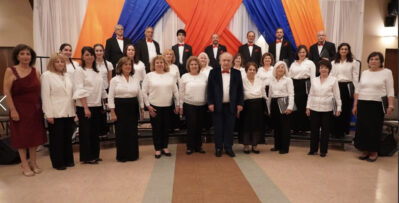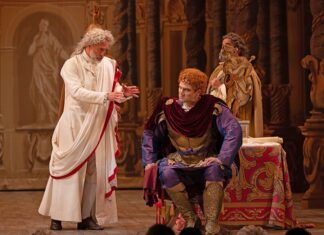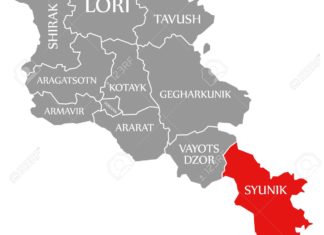By Taleen Postian
Special to the Mirror-Spectator
When becoming an Armenian priest, two paths are open to men who graduate from the seminary. One is to become a Der Hayr, a priest of a parish who must get married before he is ordained. The second is to work towards becoming a Hayr Soorp and remain celibate. This separation of clergy roles is currently absolute and unyielding, but is not based on any biblical canon or historical authority. It is a bureaucratic invention, one that has hurt more than it helped, and should ultimately be overturned.
Much potential is lost in the current order of clerical advancement. Der Hayrs, or ordained theologians who wish to be parish priests, must wait to follow their religious calling until they have found a spouse and can never remarry. Hayr Soorps, including Bishops, Patriarchs and Catholicoses, on the other hand, are never allowed to marry nor have children. This is stated in former Patriarch of Constantinople Malachia Ormanian’s The Church of Armenia, delineating “the regular clergy, who are celibate, and the married secular clergy… it is absolutely necessary that marriage should precede their ordination to the diaconate” (Ormanian 142). These regulations make it more difficult for those who wish to serve the community. For the person who feels a call to faith but is already married, there is only one path for them to take, no matter if their talents would be better suited for the position of Hayr Soorp. Alternatively, if a priest wishes to have a family and a spouse, their future in the church is set, with no chance for advancement nor change in their role.
I propose a change to the current Armenian church’s clergy hierarchy. Der Hayrs, married or not, should be eligible for ordination as Hayr Soorps, with their change in station decided by their work and skills, not their level of celibacy. And vice versa, unmarried priests should be allowed to be Der Hayrs, with the opportunity to work for a single parish.
An example of the failings of this system is shown through the career of Khrimyan Hayrig, Catholicos from 1890 to 1910 and considered one of the most well respected and effective Catholicoses, evidenced by the fact that he was given the name Hayrig or father. He originally was a Der Hayr with a wife and child. Sadly, his family died and he became eligible to become a Hayr Soorp. Once he did, he was allowed to fully realize his talent for helping the Armenian people, representing them on a global scale. His work was immortalized in his famous “Iron Ladle.” The life of Khrimyan Hayrig is demonstrative of the potential waste of talent that exists within the current clergy hierarchical framework. Do we as a people have to, god forbid, wait for someone’s family to pass away to feel the full effects of their leadership?








